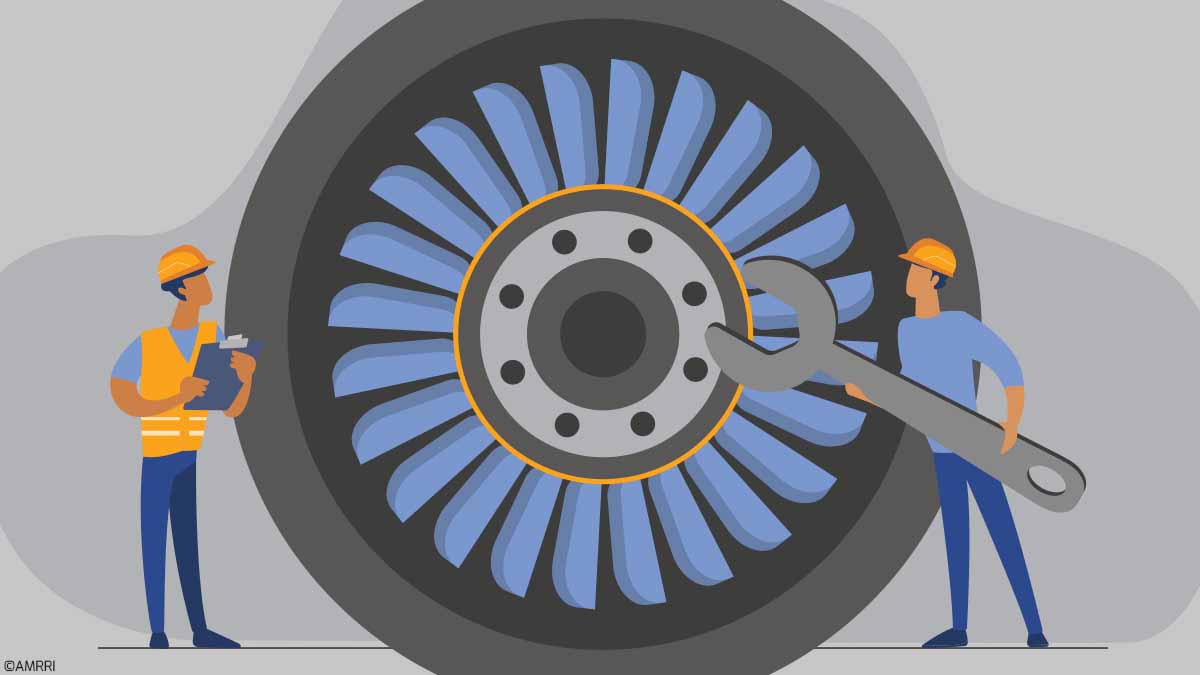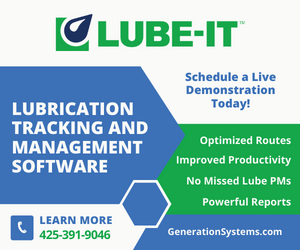Let’s dive into a big question: When should we change the turbine oil in power plants? This question came up when I talked to someone who works at a power plant. There are two ways to decide when to change the oil: old-school thinking versus new-school thinking.
The old way might cost a lot of money and cause problems, while the new method is smarter and saves money. So, let’s explore this journey and see why making the right choice about oil can be a big deal.
Criteria for Bulk Oil Replacement
In the world of industrial lubrication, there are two primary criteria for bulk oil replacement, adhered to by industries worldwide:
Time/Cycle-Based Oil Replacement: Traditional but outdated, this approach is still favored by many companies with a conservative mindset. Unfortunately, it often leads to one of two significant mistakes:
- Premature Oil Replacement: Wasting resources by changing oil that doesn’t require replacement.
- Delayed Oil Replacement: Introducing lubrication-related issues into critical assets due to prolonged oil usage, reducing reliability and production losses.
Human intervention plays a significant role in both cases and can cause random failures.
Condition-Based Oil Replacement: Many modern companies have embraced this approach, believing it to be the right strategy for oil replacement.
However, a closer look reveals that they may live under a myth. Based on my observations from various cases worldwide, most companies underestimate the potential of lubricant analysis and invest minimal effort in crafting effective maintenance strategies for their lubricants.
Let’s explore some common mistakes made by companies currently implementing so-called “Oil Analysis Programs”:
- Lack of Fundamental Knowledge: Decision-makers often lack a basic understanding of machinery lubrication, leading to misinterpretation of oil analysis reports.
- Inadequate Test Slate: Choosing the wrong tests that fail to detect the actual health condition of the oil.
- Delayed Reporting: Reports from external labs arriving too late for timely decision-making.
- Improper Oil Sampling Practices: Incorrect methods or locations for oil sampling.
- Insufficient Interpretation: Receiving only numerical absolute data without historical trending leaves end-users with no clear guidance.
- Missing Information: Failing to provide essential data (e.g., oil life, type/brand, machine application) to the lab for accurate interpretation.
- Limited In-House Testing Capability: Conducting too few or irrelevant in-house oil analysis tests leading to erroneous conclusions.
- Uninformed Lab Analysts: Lab personnel lacking knowledge of machinery lubrication and tribology.
- Inexperienced Lab Analysts: Employing inexperienced analysts without prior oil analysis experience and quality assurance protocols.
- Cross-Contamination: Mixing oil samples within the lab, resulting in inaccurate results.
- Premature Disposal: Discarding oil with sound chemical properties due to incorrect interpretation when it could be restored with proper cleaning methods.
Additionally, individuals interpreting oil analysis reports should stay updated on cost-effective technologies for restoring oil’s physical and chemical properties, making replacement the last resort, considering its substantial cost implications for bulk reservoirs.
Reflecting on my friend’s revelation, it became evident that they had spent over $250,000 on bulk turbine oil replacements in the past year at their plant.
Upon reviewing their past oil analysis reports, it was not surprising to find that these oils didn’t require replacement and could have been rejuvenated with appropriate mitigation measures.
In conclusion, the answer to the title question is clear:
Bulk turbine oil in the reservoir should only be replaced when it is impossible to regenerate or recover all essential specifications cost-effectively, as the machinery vendor recommends.
Today, certain technologies can effectively restore essential oil properties that were once considered irreversible, thereby rejuvenating oil cost-effectively. Ignorance and a lack of knowledge continue to prompt companies to dispose of millions of gallons of potentially healthy oil.
It’s time for businesses to break free from the status quo and dedicate efforts to establishing the right oil analysis program, enhancing overall business performance and competitiveness in the market.









